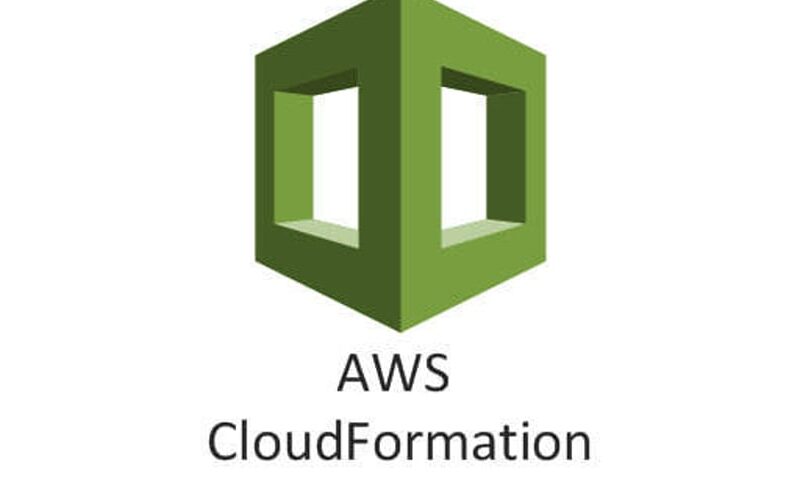In today’s cloud-driven world, automating infrastructure management is crucial for maintaining consistency, scalability, and efficiency. AWS CloudFormation is a powerful tool that allows you to define and manage your cloud infrastructure as code (IaC). In this guide, we’ll explore the benefits of using AWS CloudFormation and walk through the process of setting up a simple stack to automate deployments.
1. What is AWS CloudFormation?
AWS CloudFormation is a service that enables you to describe your cloud resources in code. This allows you to provision and manage resources like EC2 instances, S3 buckets, and VPCs in a consistent, repeatable manner. By using CloudFormation templates, you can version control your infrastructure, automate deployments, and ensure that your environment is always configured correctly.
Key Benefits:
- Consistency: By using templates, you ensure that your infrastructure is deployed consistently across different environments (e.g., development, staging, production).
- Automation: CloudFormation automates the process of provisioning and configuring resources, reducing manual effort and the potential for human error.
- Scalability: As your application grows, CloudFormation allows you to easily scale your infrastructure by updating the templates and redeploying them.
- Cost-Effectiveness: Automating infrastructure management can reduce operational overhead and optimize resource usage, potentially lowering costs.
2. Setting Up Your First CloudFormation Stack
Step 1: Writing a CloudFormation Template
A CloudFormation template is a JSON or YAML file that describes the AWS resources you want to create. Here’s an example of a simple YAML template that sets up an S3 bucket:
yaml
AWSTemplateFormatVersion: '2010-09-09'
Resources:
MyS3Bucket:
Type: 'AWS::S3::Bucket'
Properties:
BucketName: my-cloudformation-bucket
Source link
lol

